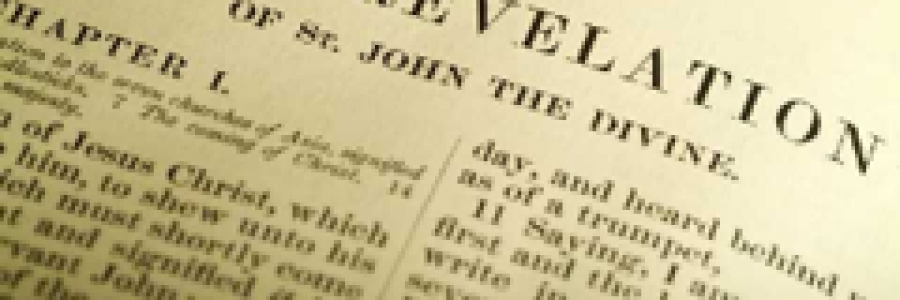Theology Thursday - "Selective Literalism" & the Book of Revelation
This is a small excerpt from an article by Gordon Fee, “Preaching Apocolypse? You’ve Got to be Kidding Me!?” in Calvin Theological Journal 41 (2006).
Discussion
Existential - Relationships with unbelievers
Beyond being obedient, which is enough in itself - is there any consolation in having befriended and shown love toward or shown God to someone who, in the end, never repents?
I hate being around unbelievers. Not because they’re different, not because I despise them - but because I know our time together will be temporary. What should be happy times are instead, for me - times of sorrow, because of this.
Discussion
Does All Rational Thought Involve ‘Faith’?
Body
“I wish to briefly introduce author David Bentley Hart’s argument—which may seem shocking to some—that reason also requires faith.”
Discussion
Jesus Conquers the Storm (Mk 4:35-41)
This is a series about the Trinity. It goes beyond simple proof-texting, and explores this doctrine by brief expositions of selected passages from throughout the Gospel of Mark, showing how the Trinity is the explicit and implicit teaching and assumption of the Gospel writer.
Jesus has had a long day. He began by teaching the crowds from a boat, just off-shore on the Sea of Galilee. The crowds lined the shore to hear Him speak (Mk 4:1). He deliberately taught them in parables, in order to drive away those who had no “ears to hear” (Mk 4:10-12). The parables were not simply designed to be memorable. Jesus used them to filter out the elect from the non-elect; those who love Him from those who hate Him (compare Mk 4:9 with Jn 8:47).1
On that day, when evening had come, he said to them, “Let us go across to the other side.” (Mk 4:35)
Discussion
He Descended into Hell?
Discussion
At-One-Ment by Propitiation
CHAPTER II — AT-ONE-MENT BY PROPITIATION
BY DYSON HAGUE, VICAR OF THE CHURCH OF THE EPIPHANY, TORONTO, CANADA; PROFESSOR OF LITURGICS, WYCLIFFE COLLEGE, TORONTO; CANON OF ST. PAUL’S CATHEDRAL, LONDON, ONT., 1908-1912
The importance of the subject is obvious. The Atonement is Christianity in epitome. It is the heart of Christianity as a system; it is the distinguishing mark of the Christian religion. For Christianity is more than a revelation; it is more than an ethic. Christianity is uniquely a religion of redemption. At the outset we take the ground that no one can clearly apprehend this great theme who is not prepared to take Scripture as it stands, and to treat it as the final and authoritative source of Christian knowledge, and the test of every theological theory. Any statement of the atonement, to satisfy completely the truly intelligent Christian, must not antagonize any of the Biblical viewpoints. And further; to approach fairly the subject, one must receive with a certain degree of reservation the somewhat exaggerated representations of what some modern writers conceive to be the views of orthodoxy. We cannot deduce Scriptural views of the atonement from non-Biblical conceptions of the Person of Christ; and the ideas that Christ died because God was insulted and must punish somebody, or that the atonement was the propitiation of an angry Monarch-God who let off the rogue while He tortured the innocent, and such like travesties of the truth, are simply the misrepresentations of that revamped Socinianism, which is so widely leavening the theology of many of the outstanding thought-leaders of today in German, British, and American theology.



Discussion